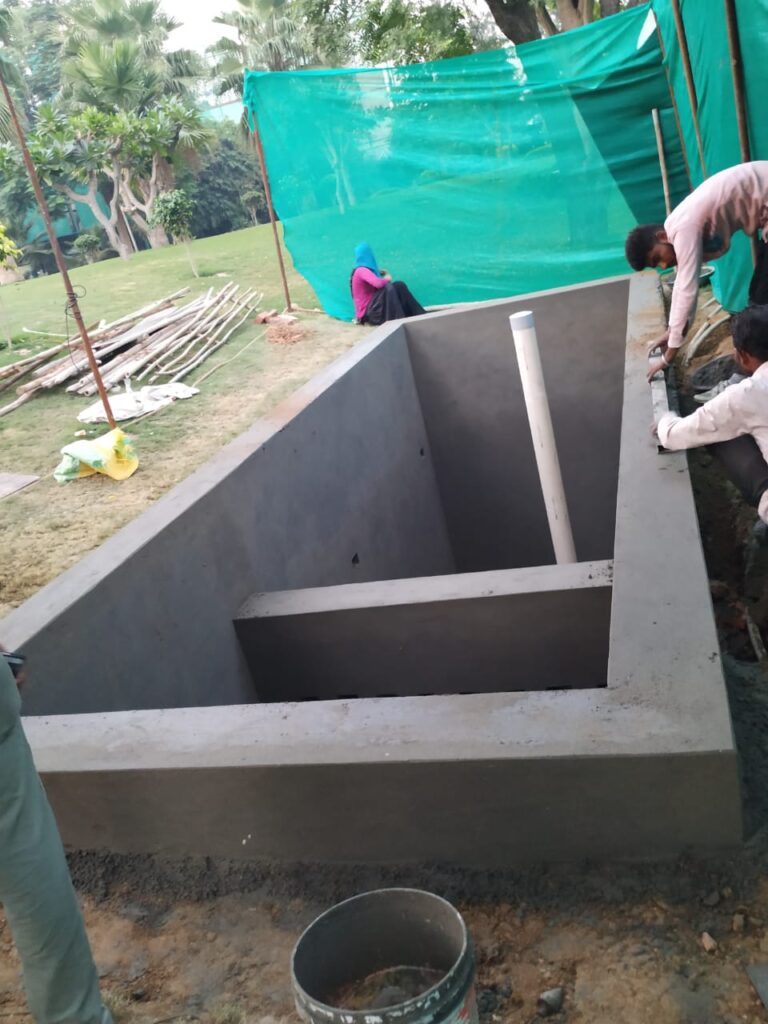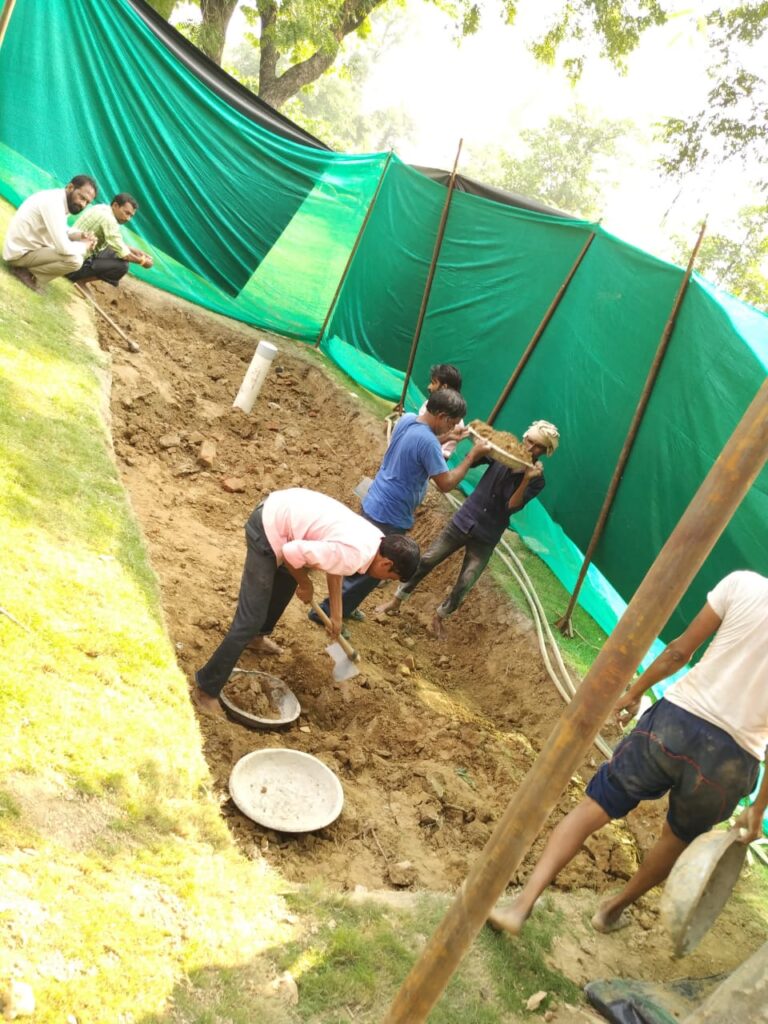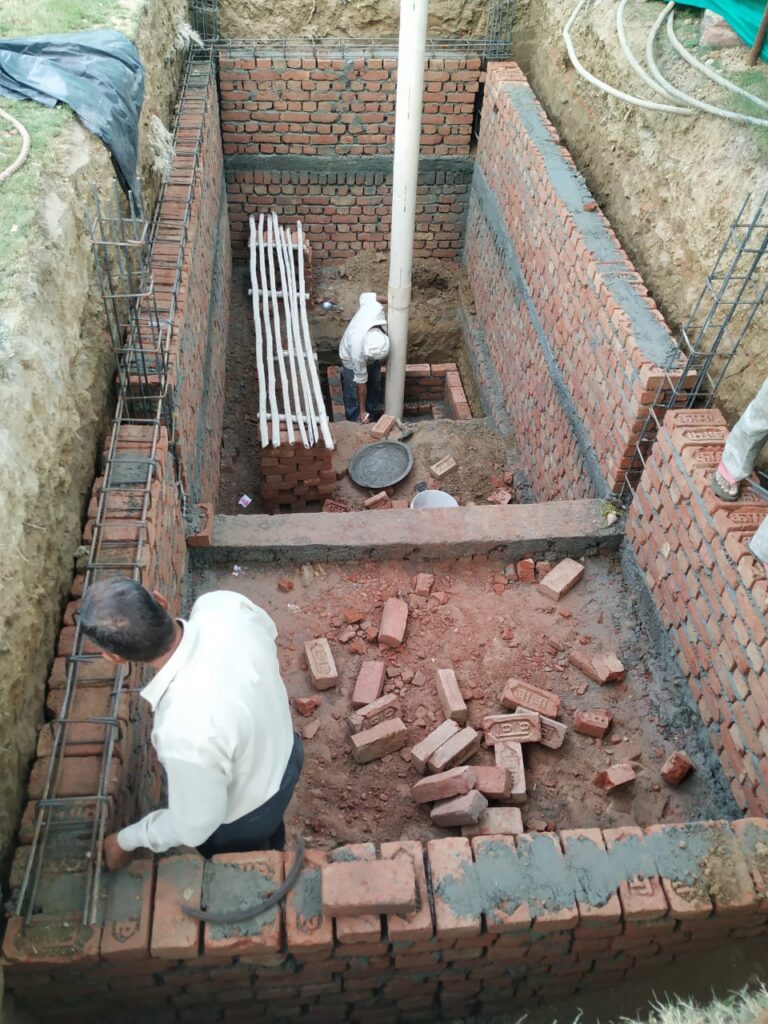Rain Water Harvesting & Maintenance
Rain Water Harvesting
What is Rain Water Harvesting?
Rainwater harvesting consists of collecting and storing rainwater to be used in the future. Instead of letting rainwater run off and get wasted, it’s directed from rooftops or surfaces and stored in tanks. After being treated properly, this water can be used for gardening, washing, and even drinking. It not only helps in the conservation of water but also in curtailing the dependence on groundwater.

How Do We Work?
Rainwater harvesting systems collect water from surfaces like rooftops or open areas, channel it into storage containers such as tanks or pits, and store it for later use. The system consists of components like catchment areas, gutters, downpipes, and storage tanks, all designed to gather and safely store water. The collected rainwater can be used for various purposes, including irrigation, household chores, and, with proper treatment, even drinking.

Benefits of Rainwater Harvesting
Conserve Water
Reduces Water Bills
Prevents Flooding
Improves Groundwater Levels
Eco-friendly
Components of a Rainwater Harvesting System
Catchment Area
Gutters and Downpipes
Storage Tanks
Filtration System
Recharge Pit
Types of Rainwater Harvesting
Rooftop Rainwater Harvesting: This method involves collecting rainwater from rooftops and directing it into storage tanks or groundwater recharge systems. It’s one of the most common and easiest ways to implement rainwater harvesting.
Surface Runoff Harvesting: In this method, rainwater flowing on the ground is collected and stored in ponds, reservoirs, or tanks. This system is especially useful in large open areas like farms and fields.
Infiltration Pits: These are small, porous pits dug in the ground where rainwater is directed to recharge groundwater levels.
Steps to Implement Rainwater Harvesting
Analyze the Catchment Area: The first step is to evaluate the size of the catchment area, usually the roof or an open area, to estimate the potential amount of rainwater you can collect.
Install Gutters and Downpipes: Ensure gutters are properly installed around the roof edges and downpipes are securely in place to channel the water into storage.
Set Up a Storage Tank: Based on your water needs, choose an appropriate storage tank and place it in a convenient spot for water access and maintenance.
Install a Filtration System: To ensure the collected rainwater is clean and usable, a filtration system must be installed to filter out dirt, leaves, and other debris.
Plan for Overflow or Recharge: In case of heavy rains, have a plan to deal with excess water. You can either have an overflow system that redirects water to a recharge pit or allow the water to seep back into the ground.
Maintenance
Rainwater harvesting is a wonderful way for people to save water, yet the systems must be maintained regularly to work properly. Here’s how you can keep a rainwater harvesting system easily:
- Clean Gutters and Filters: Weeds, grime, and waste matter can spoil the gutters and refuse to clean the filters. Make sure you regularly clean them up so the water flows freely into the storage tank.
- Check Storage Tank: The storage tank where rainwater is to be stored must be checked for leaks, cracks, or blockages. Ensure you use a closed cover to keep mosquitoes and other pests from getting inside.
- Inspect Pipes and Connections: Check the pipes and connections between the catchment area (the roof) and the tank for damage. Quickly sealing leaks will save water.

- Water Quality: Water can gradually become polluted or smell. A first flush system that diverts dirt rainwater can be installed. You may also want to wash the tank from time to time.
- Pump Maintenance: Your system may have a pump that you should check regularly to ensure it is functioning properly.
- A regularly maintained rainwater harvesting system can be a long-term clean and useful water source.


